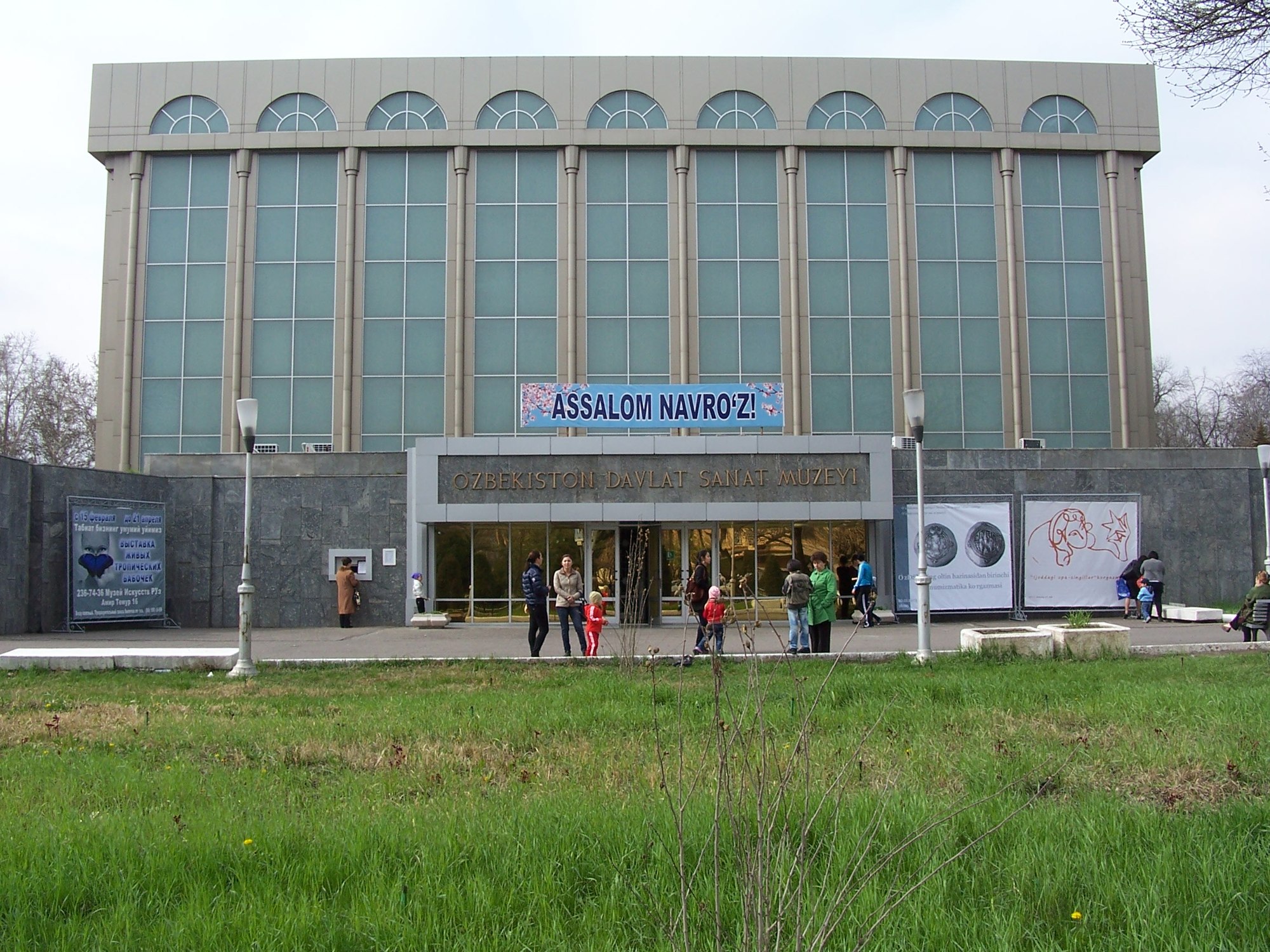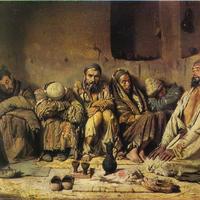More about State Art Museum of Uzbekistan
Works at State Art Museum of Uzbekistan

Sr. Contributor
Some museums have a sordid past, and others got drama like a soap opera. The Fine Arts Museum of Uzbekistan got drama.
A conspiracy within the museum was recently uncovered proving staff sold works on display to private buyers, smuggled sold pieces out of the museum, and replaced the works with fakes that went back on display. The process is locally known by restoration experts as matryoshka, Russian for "nesting doll." Basically, a forger will paint something that looks like garbage over the work to be sold, and no one asks any questions when it's moved around. Selling prices for the finest works capped out at $800, with some going for as little as $100. The scheme lasted for nearly 15 years despite a laundry list of very public and high profile scams. Among those imprisoned for the thefts and frauds are the museum's former chief curator and two restorers receiving nine and eight years apiece, respectively.
Several of these public and high profile scams are worth individual mention. Like when the museum announced the discovery of a Paolo Veronese original matryoshka'd underneath something entirely worthless. Despite the museum's claims, everyone from the curator for European paintings at the Met to the Italian Embassy in Tashkent called bullsh*t. For real, the purported Veronese looks like it was done by the lady who turned Martinez's Ecce Homo into an LSD furby. Or, for instance, how about when Uzbek president Islam Karimov's daughter was caught with 60 paintings from the museum at her mansion in Geneva? Since the Karimovs literally get away with murder in Uzbekistan, it's doubtful she even had a witty retort for whomever uncovered the five dozen stolen paintings. It really makes you wonder just when the over-complicated insurance scam will come to light for the dozen Picasso ceramics the museum claimed to have misplaced in storage for half a century. #truestory.
If you're in the Eurasian Steppes and have a hankering to play 'Am I looking at a fake?,' get ready to spend. Admission for a foreigner is 10,000S, with an additional 50,000S fee to take one picture. Considering the country's currency, the Uzbeki Som, is valued at almost 2800S to every $1, that comes out to a grand total of less than $22 before applicable taxes and fees. Which, actually, isn't terrible. Would be nice to get two or three photos, but c'est la vie. Stock up on the pictorial spank bank to ooh and ahh over on the flight home. However, if one picture just isn't enough, bringing a video camera or requesting a photo session is a startling 250,000S per hour, converted at a whopping $90 per hour. Considering the going price of a near-masterpiece from the collection by Renaissance painter Lorenzo di Credi was about $100, it's like they're trying to make it more worthwhile to just make you take the painting home. It may as well be called Krazy Bobur's Fine Art and Picasso Ceramics Emporium.
Featured Content
Here is what Wikipedia says about Museum of Arts of Uzbekistan
The Museum of Arts of Uzbekistan (Uzbek: Oʻzbekiston Davlat Sanʼat muzeyi) is the largest state art museum in Uzbekistan. Its permanent collection contains more than several thousands works, divided among four curatorial departments. The museum was established in 1918 as a Museum of People University and renamed as a Central Arts Museum later. It was named as Tashkent Art Museum in 1924 and finally Museum of Arts of Uzbekistan in 1935.
Check out the full Wikipedia article about Museum of Arts of Uzbekistan











